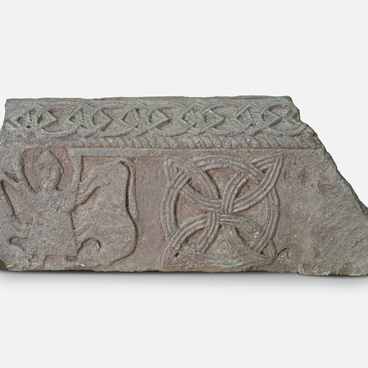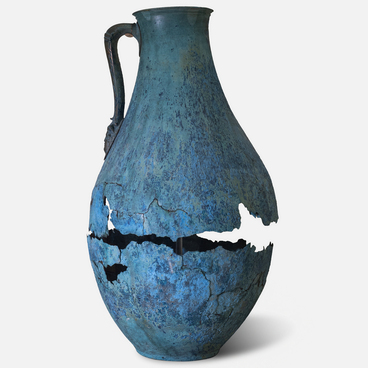The ethnographic collection of the Museum of the History of the Resort City of Sochi presents objects that were used in everyday life by the Adyghe — the indigenous population of the Caucasian Riviera. The household items include a remarkable pithos — a large red clay vessel.
The word pithos is of Greek origin, and in ancient times it came to denote a large ceramic vessel, often spherical in shape, that was used to store grain, oil, and wine. Apart from everyday purposes, it was also used during funeral rites as a burial urn for ashes. Making these large ceramic vessels required special pottery skills. Antique pithoi were found in almost all the towns of the Northern Black Sea region. According to the archaeologist Yury Nikolayevich Voronov, in the early Middle Ages (the 8th–9th centuries CE) such pithoi were widespread in the Northern Black Sea region, on the lower Don, and in the Crimea. They continued to be part of everyday life after that as well: in the 16th–17th centuries, pithoi were used by residents of the coast of Sochi.
The Adyghe stored grain or oil in pithoi. They were buried in the ground to preserve products for a long time in lower temperatures. The conditions of use explain why many pithoi have been found intact. The pithos presented in the museum collection was discovered by accident. In 1980, Z. Arutyunyan, a resident of the resort village of Uch-Dere, was working on his plot, when he discovered an impressive-sized vessel in the ground, at a depth of about two meters. Villagers and local schoolchildren helped him to dig it out. Employees of the Sochi Museum of Local History were present during the work; they carried out the first inspection and took the necessary measurements. The vessel turned out to be 1 meter 60 centimeters tall, with the diameter of 1 meter 35 centimeters; the rim was missing, and the body was decorated with longitudinal stripes. The weight of the pithos reached almost 200 kilograms, and special equipment was required to extract the vessel from the ground and transport it to the museum.


